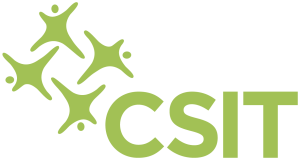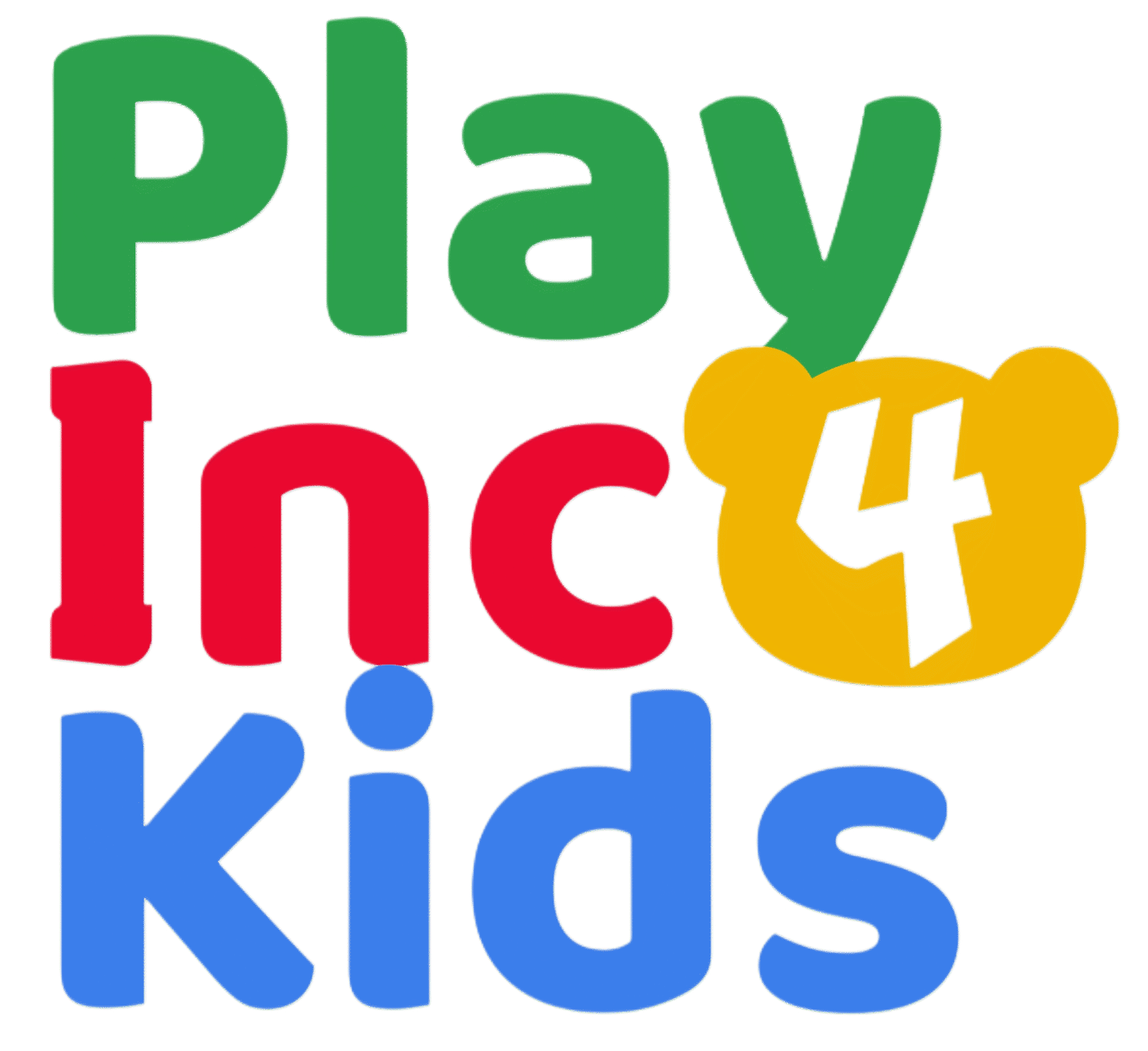HLA
CSIT – BADMINTON
- Brief description
- Context and needs
- Activities and rules
- Location, environment and equipment
- Method
- Side Activities
- Target
- Impact
Badminton is a racquet sport played using racquets to hit a shuttlecock across a net. Although it may be played with larger teams, the most common forms of the game are “singles” (with one player per side) and “doubles” (with two players per side). Badminton is often played as a casual outdoor activity in a yard or on a beach; formal games are played on a rectangular indoor court. Points are scored by striking the shuttlecock with the racquet and landing it within the opposing side’s half of the court.
Each side may only strike the shuttlecock once before it passes over the net. Play ends once the shuttlecock has struck the floor or if a fault has been called by the umpire, service judge, or (in their absence) the opposing side.“ (Source: https://en.wikipedia.org/wiki/Badminton)
Badminton is a sport for all. It is enjoyed by millions of people of all ages, abilities and disabilities. It is easily to learn and has many health and social benefits.
This sport activity is great fun, integrates heterogeneous groups and addresses especially to
- training for coaches
harmonic growth of technical-motorial-emotional-cognitive skills of the athletes and the group
It is a FUN TEAM GAME: a minimum of 4 players (mixed group of disabled and abled kids) in two lines opposite to each other with for example a marker in the middle. The goal is to keep a simple rally going. After each stroke the player rotates and moves to the back of his/her group (1st option)/opposite group (2nd option). The distance between teams should be changed to develop the process.
To make it more specific, this FUN TEAM GAME can be played on a badminton court (on half or/and full court depending on the level of the kids) hitting across the net.
The coach times the longest continuous rally. Teamwork is crucial.
Indoor or outdoor, (badminton court), marker (e.g. cones, lines), badminton rackets and shuttlecocks. Surface should be suitable (for example for wheelchair players). Watch out for distractions around the court.
- promote participation, togetherness and team cooperation
- find as many players with and without different impairments as possible
- have fun and a good time
- have non-disabled and disabled children and therefore no barriers for taking part (on site and information wise: information should be accessible to everyone), e.g. one kid with impairment plays to one kid without impairment
- enhance the abilities and potentials of all participants by implementing adaptations by the coach
Different adaptations can be applied depending on the level of each player. Coaches should support player’s movement at beginner’s level when he/she is not able to hit the shuttlecock. Therefore it is crucial for coaches to observe each player’s skills.
Players with advanced skills can use different strokes. Moreover they can switch hands (e.g. right handed players play with their left hand).
There is a great variety of variations. The coach should use his/her creativity. If you and kids are in a sports centre and different racket sports are available, use different rackets/balls, e.g. table tennis or tennis: in the beginning, all players line up in two rows of roughly the same length at the halves of the table/court. Each player who played the ball now moves counter-clockwise around the table/court to the other side. There she/he stands in the back and waits for his turn.
Mixed group with abled and disabled kids. This fun game is for all age groups with all disabilities. Even if the players are blind, it is possible to hit the shuttlecockàcoach should support player’s movement
Racket sports require “open skills” (variable movement patterns). As a result, players have to adapt permanently. This activity contributes to harmonic growth of technical-motorial-emotional-cognitive and social skills of the athletes and the group.
PlayInc Key Aspects
Needs:
This sport activity is a training for coaches: coaches have to be creative and be able to create and adapt appropriate activities depending on the level of each kid. Education, expertise, experience and understanding about sports for able-bodied and for people with impairment are crucial for the coach in order to see the level and potential of each player. It is about identifying variations in the rules. If wheelchair players take part in this activity, coaches should use a sports wheelchair to experience and develop their own skills. Intrinsic motivation is essential, for coach and kids. Moreover, management plays a vital role: managing a heterogeneous teams (able-bodied/impaired athletes), relationships with families and management and coordination with society to promote these activities in order to attract more kids. Communication between kids and coach is very important. As a coach, don‘t be afraid to ask questions. Racket sports require “open skills” (variable movement patterns). As a result, this activity focusses on harmonic growth of technical-motorial-emotional-cognitive skills of the athletes and the group. This activity aims at – finding as many players with different impairments as possible – having fun and a good time – having non-disabled and disabled children and therefore no barriers for taking part (on site and information wise: information should be accessible to everyone) – enhancing the abilities and potentials of all participants
Crucial points: – adapt and change appropriately (observe what players can and can’t do) – communicate with the kids – try new things – the only limitation is your imagination
Contact the organisation
Contact

Name: International Workers & Amateurs in Sports Confederation (CSIT)
Website: www.csit.tv
Facebook: https://www.facebook.com/csit.wsg
Instagram: https://www.instagram.com/csitwsg/
LinkedIn: https://www.linkedin.com/company/csit-worldsportsgames
